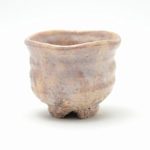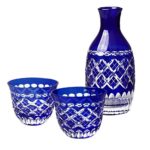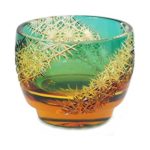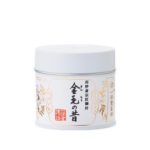Table of Contents
Best Ways to Enjoy Nihonshu
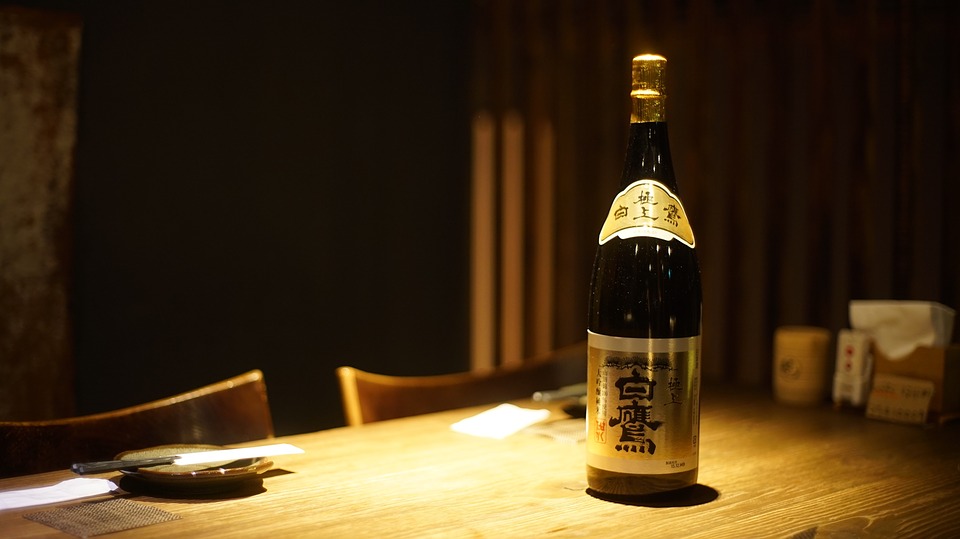
There are over 5,000 brewers and 20,000 kinds of sake liquor in Japan. Though the amount of export of sake from Japan is still limited, the opportunity to drink in other countries gradually has increased. More and more restaurants start to serve sake and you can also buy from a website in Japan. Of course, it’s ok to simply enjoy Japanese rice wine. But a sort of tips would make sake tastier. For example, do you know the best temperature of the water when you drink cold or hot?
What is sake?
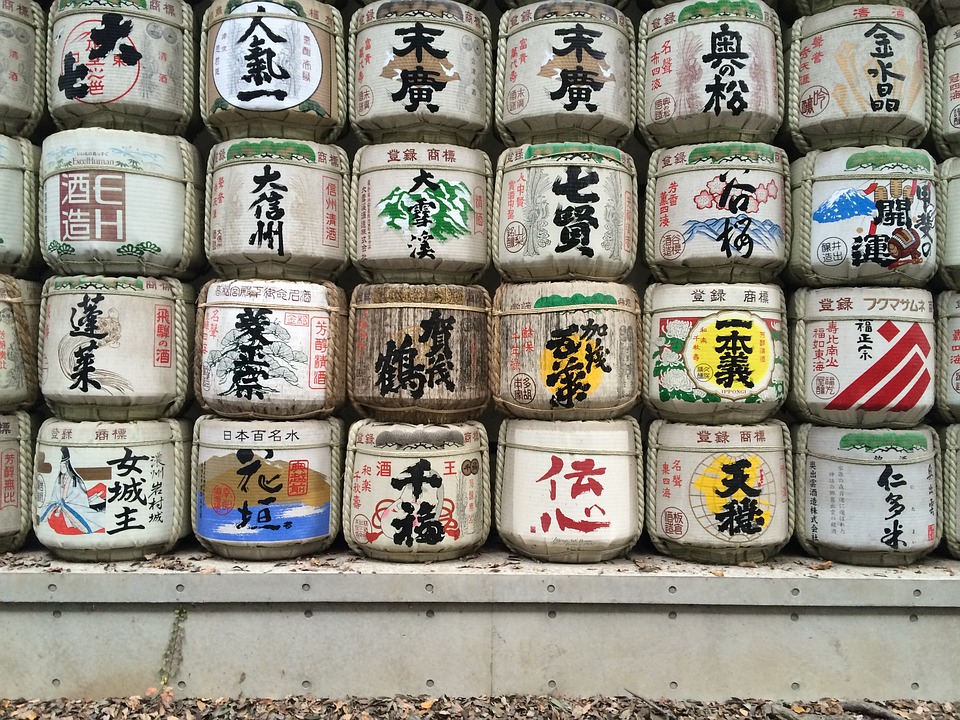
Sake is a fermented alcoholic beverage brewed from rice grains. There are sake breweries throughout the country. Each sake has its own unique flavors and nuances like wine.
Flavor of sake
- sweet
- dry
- acidy
- bitter
- sharp
- heavy
- light
- rich
- fruity
- refreshing
- mellow
Kinds of sake
Junmai-shu (純米酒)
Made only with rice, koji rice mold and water. Heavy, mellow, or rich flavor.
Honjozo-shu (本醸造酒)
Made with a little added alcohol. Dry, sharp or light flavor.
Ginjo-shu (吟醸酒)
Premium sake made with only the best part of the rice. The outer layers have been removed. Fruity, refreshing, or light flavor.
You can buy sake online and learn more from Saketora
Sake can be enjoyed chilled, at room temperature, or hot.
Temperature of sake to drink
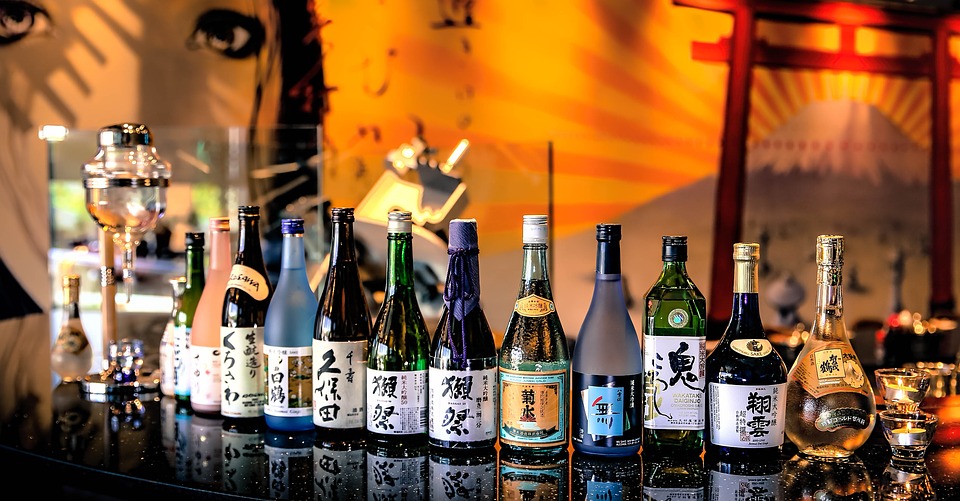
You can enjoy sake with some temperatures.
Reishu (Chilled sake)
The aroma and refreshing taste of chilled sake are best appreciated in the summer. The optimal temperature is the same as beer, 7 to 10 ° C (44.6 to 50 °F). You need to take care not to have sake get so chilled because that cause a loss of flavor. It would be fine that you put sake into the vegetable drawer or the door shelf of the refrigerator.
Hiya (Room temperature sake)
Room temperature sake offers the original taste of sake with the best balance of sweetness, acidity, and bitterness.
Nurukan (Warm sake)
By warming sake to about 35 to 40 ° C (95 to 104 °F), the fragrance and deeper flavors of the sake are released.
Atsukan (Hot sake)
Hot sake is warmed up to a temperature of about 50 ° C (122 °F). Dry sake is best served hot so that the sharp fragrance and taste can be fully appreciated.
On the rocks
Not so much Japanese people drink sake on the rocks, but thick flavor one is suited for.
Sake cups
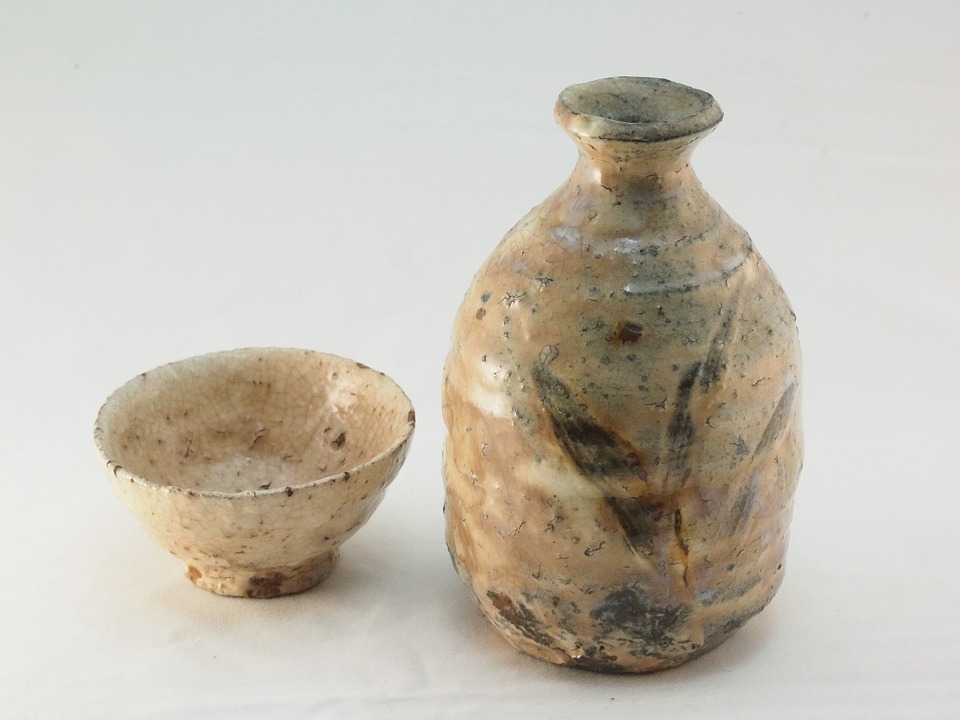
It is also an important to choose sake cup.
1 Capacity
The taste will change depending on the amount of sake in the cup. When drinking chilled sake it is recommended that you choose a smaller one, you can drink it before the temperature will change.
2 Caliber
The size of the surface area changes when it is poured into the vessel depending on the caliber. As the surface area increases, the rate of oxidation and the amount of volatilization of fragrance ingredients increase, and you can enjoy the more aroma.
3 Shape
Such as rounded or spreading. The type of a mouth spreading out for upward emphasizes the fresh scent, the type with the middle wider than the caliber makes the fragrance moderate and emphasizes its rich flavor.
4 Material
Glass and metal make you feel sake cold, and pottery makes warm. Lacquerware makes even warmer, porcelain is in the middle.
Traditional craft sake cups
Pottery
https://www.masterpiece-of-japanese-culture.com/craft-products/japanese-ceramic-sake-cups-sets-imari-ware-pottery
Glass
Tin
Sake and meal
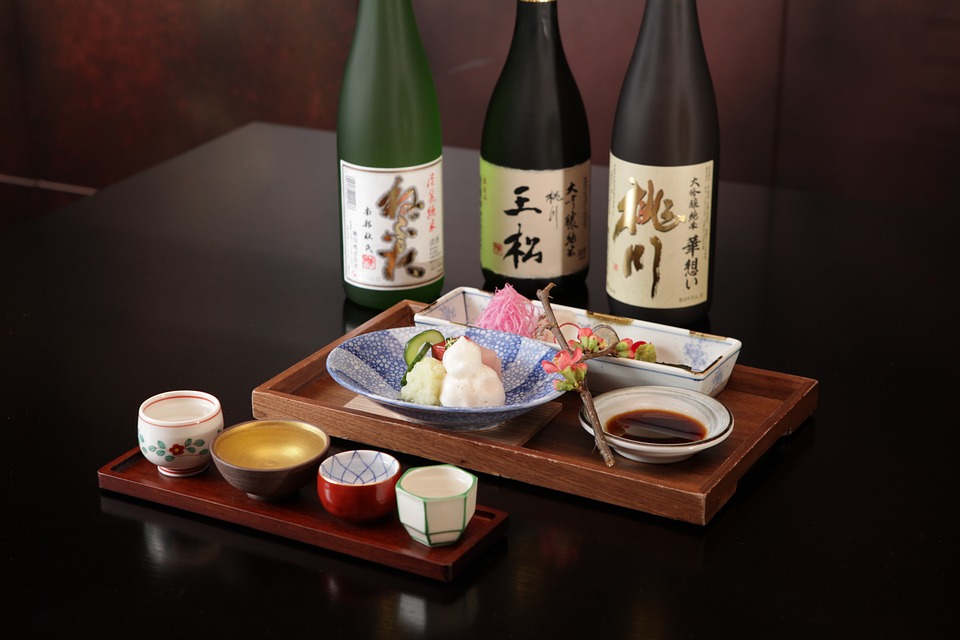
When you want to enjoy sake with a meal, I recommend choosing it with good compatibility with dishes. Sweet seasoned dishes and starchy sweet dishes are also good with sweet sake.
On the contrary, for a dish of strong and salty taste, the refreshing dry type is well-balanced with them. For greasy dishes, the light type or aged type fit perfectly.



